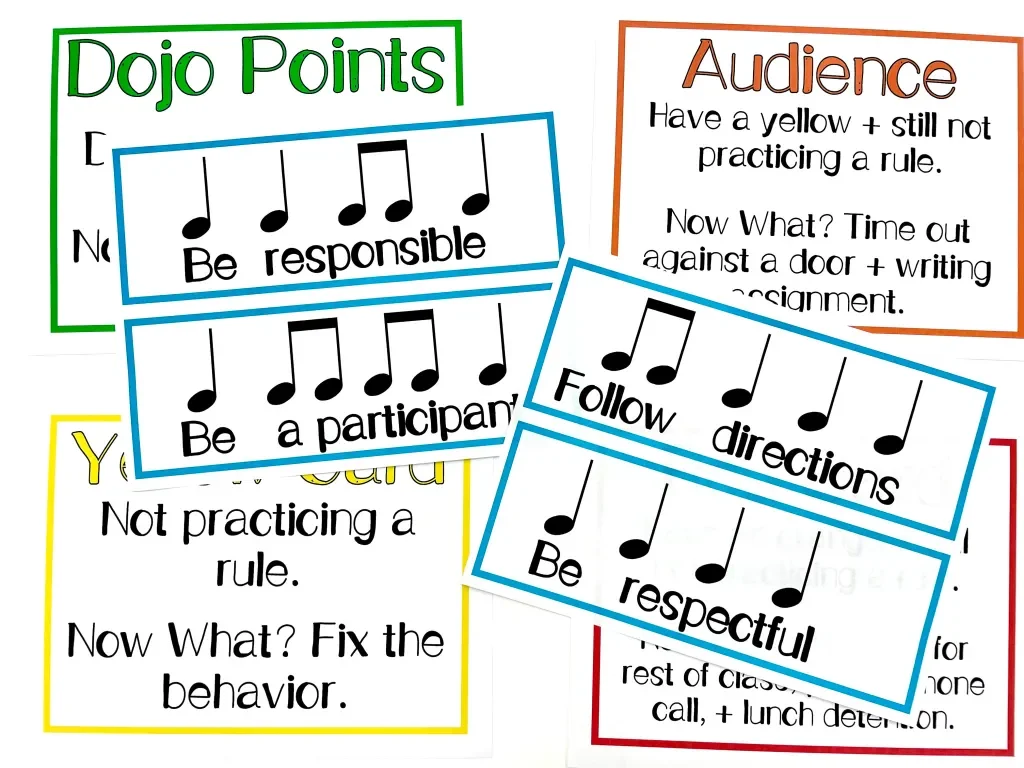Classroom Management for the Music Educator
Classroom management has now become a central part of how I’m shaping my identity as a music teacher, and nowhere was this more apparent than my experiences on placement! The NSW Department of Education notes that fewer than half of teachers feel well prepared for behaviour management when they leave university, and only 4 in 5 teachers feel able to control a disruptive classroom. Music classrooms are uniquely energetic, loud and sometimes chaotic spaces, which means clear rules and expectations become even more essential to a successful lesson.
I’ve learned that a strong classroom management plan isn’t necessarily about conceiving a strategy to control a class’s behaviour, but rather about creating a safe and predictable environment where students understand their expectations. In setting this up early, the aim is that positive reinforcement and calm responses to misbehaviour can make far more of a difference than anything reactive or punitive.
This leads me to the idea that the music room is a place where the “four Cs” of 21st Century learning naturally thrive. Critical thinking, communication, collaboration, and creativity are all inherent in ensemble work, group performances and composition tasks. The successful ‘management ‘ of a music classroom therefore would be where students feel empowered to explore these skills with confidence and are engaged in deep learning. This has made me reflect on how I wish to encourage this learning through my own teaching. Jennifer Robinson’s idea of the “inspiring music teacher” resonated with me deeply, of someone who is reflective, connected, empowering, skilled, and grounded in care and social justice.
Credit: Becca’s Music Room
